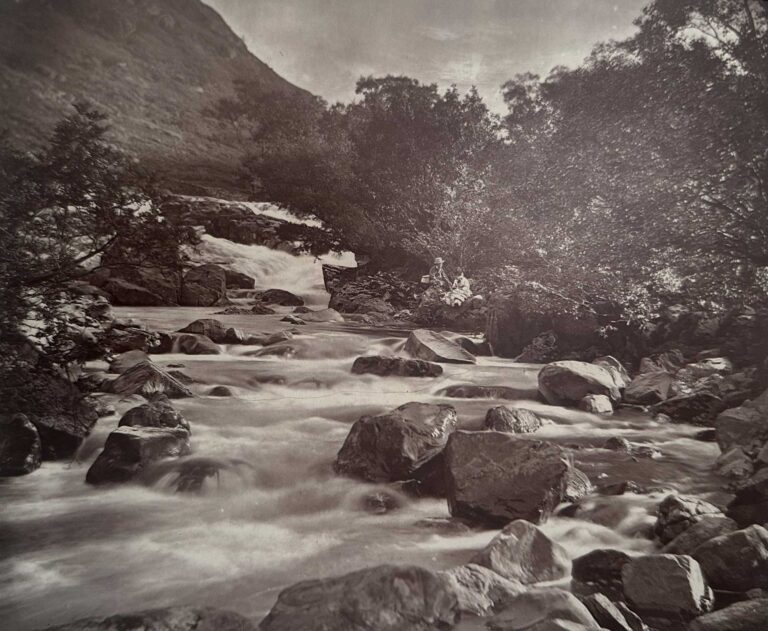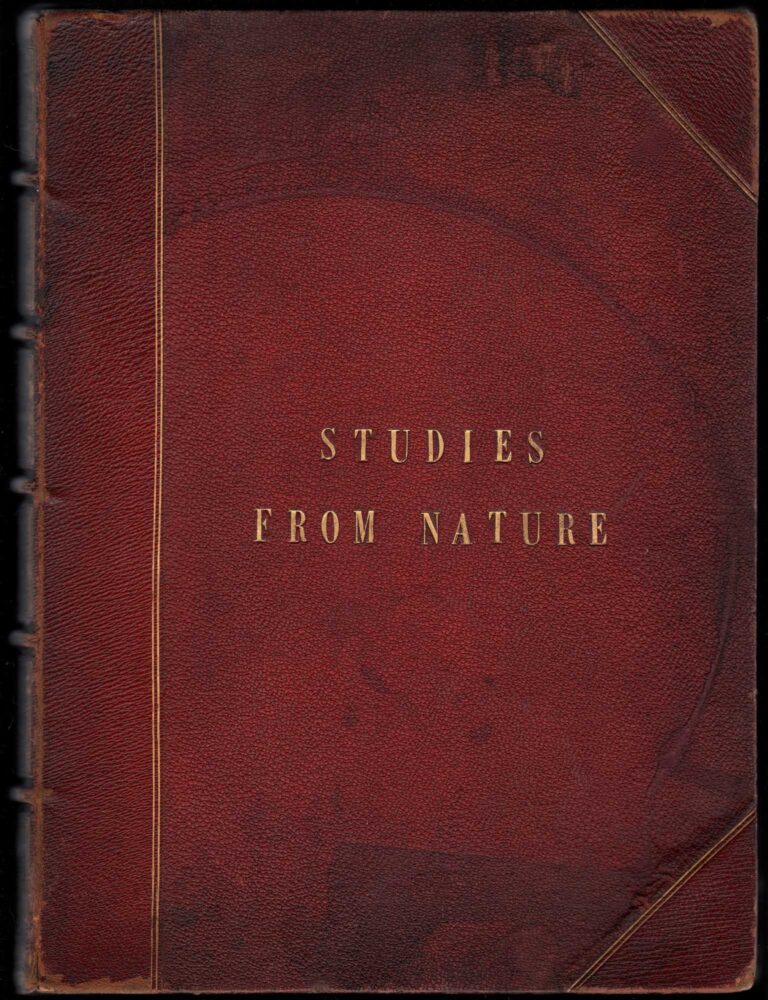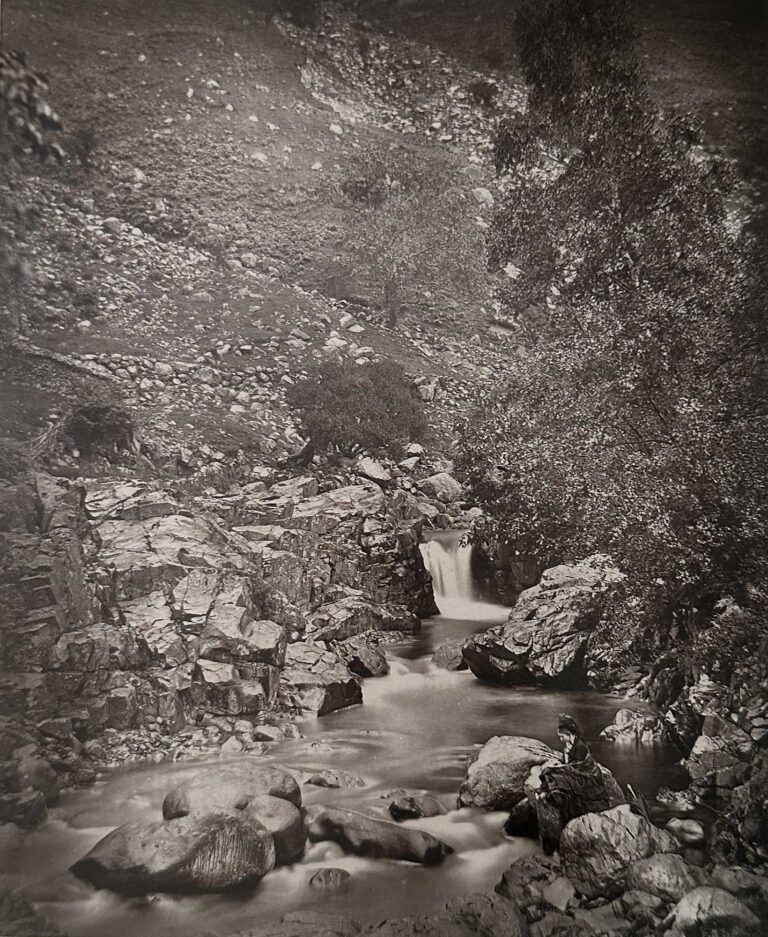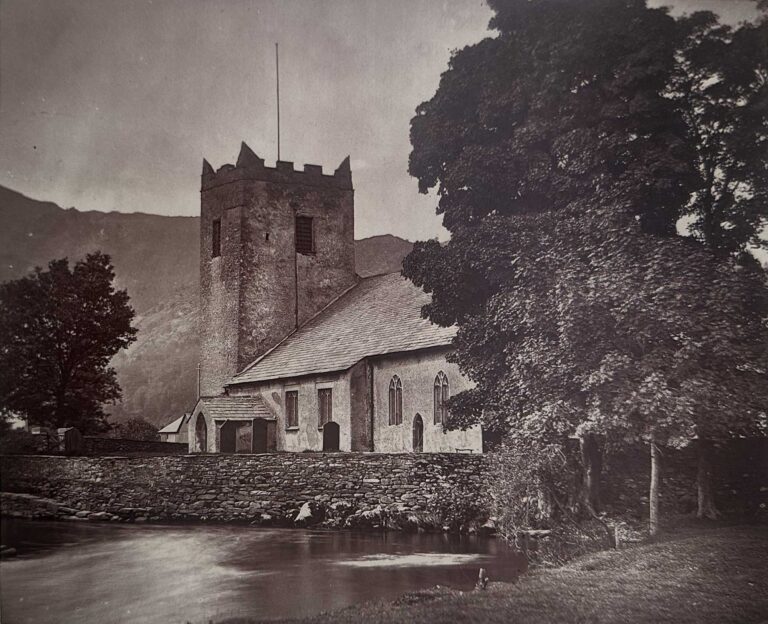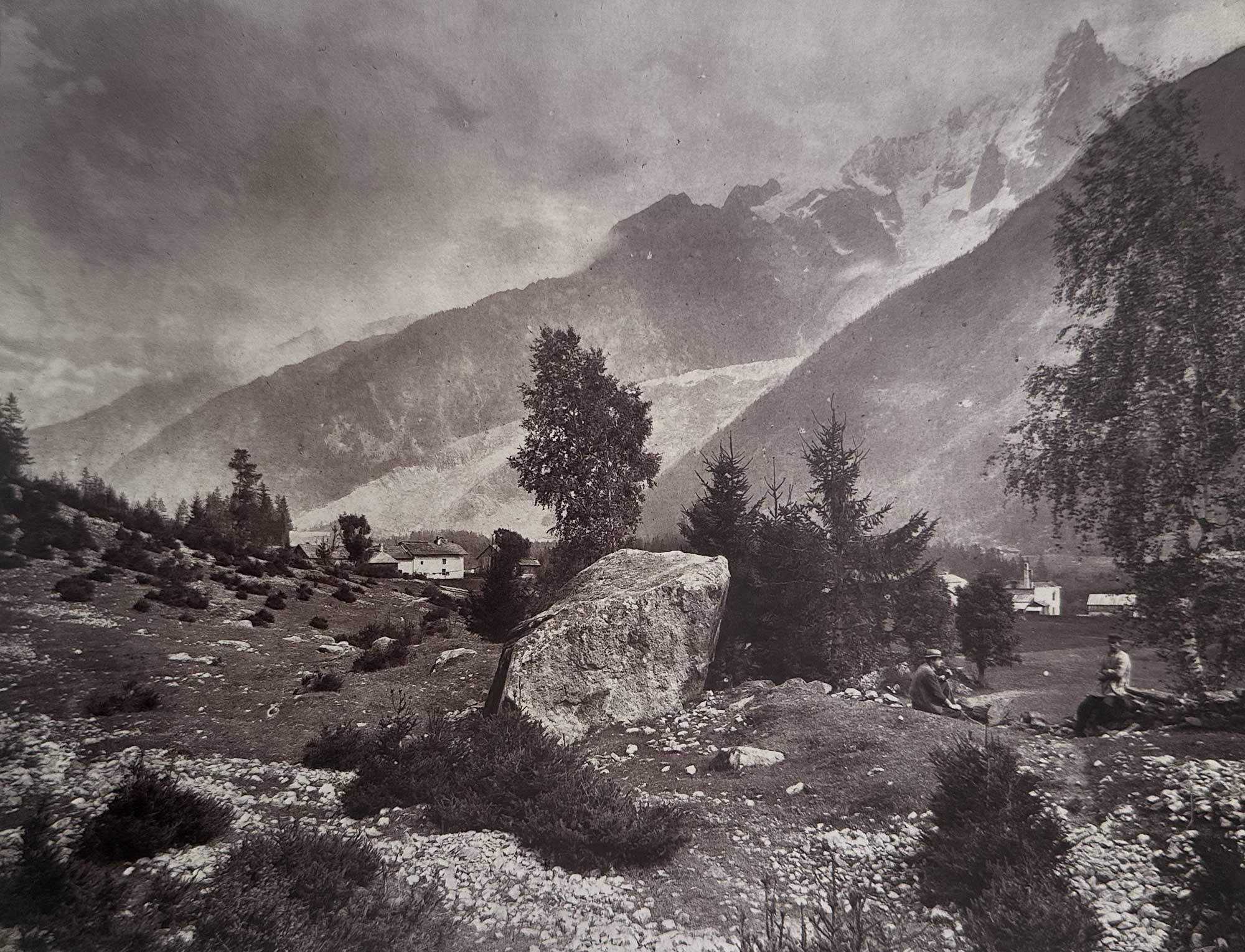
In the Valley of Chamouni, Savoy
Descriptive letterpress printed opposite this photograph:
IN THE VALLEY OF CHAMOUNI, SAVOY.
THE best image which the world can give of Paradise,” writes our greatest art-critic, ” is in the slope of the meadows, orchards, and cornfields on the sides of a great Alp, with its purple rocks and eternal snows above; this excellence not being in any wise a matter referable to feeling, or individual preferences, but demonstrable by calm enumeration of the number of lovely colours on the rocks, the varied grouping of the trees, and quantity of noble incidents in stream, crag, or cloud, presented to the eye at any given moment.”
The valley of Chamouni fairly represents all these combinations of the picturesque and beautiful in mountain scenery, though it has become too well-known and frequented to retain many of its other characteristics, so dear in days gone by to the artist and lover of nature.
A broken foreground of huge boulders; stones over which the mosses are gathering in their own gentle way, relieving the chill-grey surface with bosses of warmer colour; wild shrubs, and grass-grown intervals of rougher ground, dark pines, delicate birches with silver stems, lie near us, and beyond to the right soars up the Aiguille du Dru, one of the most graceful and picturesque of all the Chamouni Aiguilles. Such is the point of view, far removed from the too well-trodden paths to the Montanvert.
Upon the geological structure of the mountain ranges depends the character of the landscape immediately under their influence. The more readily decomposing débris under the limestone ranges produces a fertility unknown among the stony deserts of the crystalline rocks, and the result of this is often a foreground of exquisite beauty and the richest pasturage, while the slaty coherents, on the other hand, form scenes appalling in their desolate waste and barrenness, of which there are typical examples in the Col de Ferret, and the Col d’Auterne, and the ranges of the Buet.
It is here, amidst the court of the “Monarch of Mountains,” that some of the most beautiful forms of gneissic scenery can be studied. Not only is the configuration but also the colour of mountains mainly determined by the nature of the rock of which they consist.
